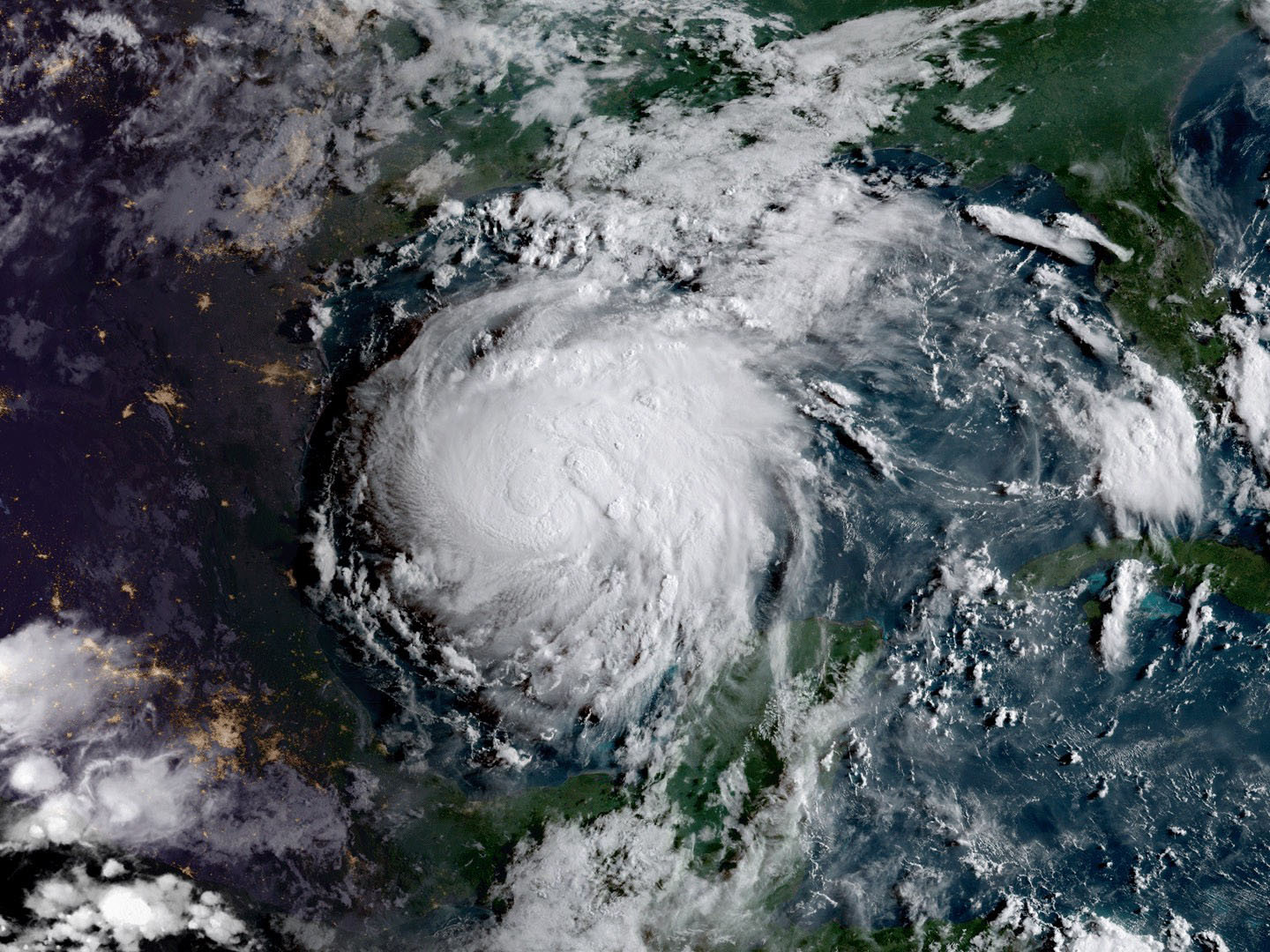
When UT operations research and industrial engineering graduate student Kyoung Kim approached his professors in 2017 with an idea to use logistics to help with disaster planning, he had no idea the biggest disaster in a century would, in a few months, ravage the Texas coast.
That August, Hurricane Harvey dumped as much as 50 inches of rain on the eastern half of the state. Whole cities were under water, and many were without power and running water for days — escalating the need for the type of help that Kim had imagined.
His advisor, Associate Professor Erhan Kutanoglu, had for most of his career used logistics to look at how to optimize supply chains so that businesses could make more money.
But here was a humanitarian crisis in front of him where he could lend his expertise.
“I said, ‘I’ll drop everything,’” Kutanoglu remembers. “I told Kim, ‘Don’t worry about solving a potentially made-up disaster logistics problem that has been solved many times. Let’s look at something new, something relevant to current events. Let’s focus on Texas and the tangible problems we can solve.”
Kutanoglu was flipping through news articles after the hurricane to see what kinds of logistics problems the crisis had created when he came upon a story in the Washington Post about issues evacuating hospital patients during the storm.
They made a decision.
They would create the most efficient, comprehensive model possible to move vulnerable people to safety during life-or-death crises.
